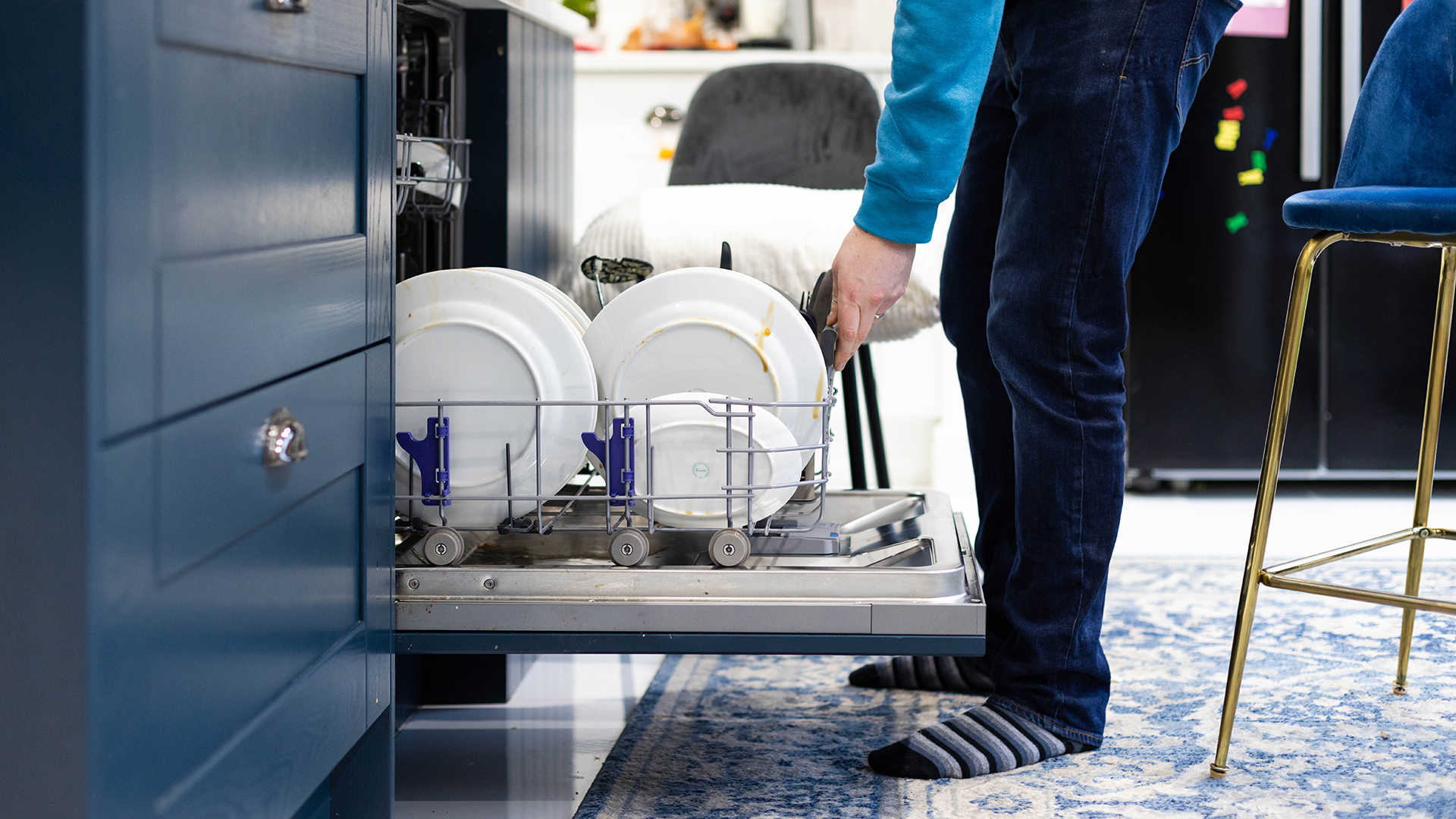When your dishwasher runs smoothly, you can expect clean, sparkling dishes and flatware every time, so you may wonder why your dishwasher is not filling with water? This should be a given when you have chosen one of the best dishwashers.
However, as your machine ages, some things can go wrong, and one of the most common faults is that it fails to fill with water. If this is the case, getting your dishes clean is almost impossible, so you want to resolve this problem as soon as possible to avoid having to wash everything by hand. One of the reasons your dishwasher is not filling with water could be that a part has broken or a supply issue. Here’s how to troubleshoot.
Why your dishwasher isn’t filling with water
There are several reasons why your dishwasher is not filling with water, including:
• The door isn’t properly shut
• The door lock is malfunctioning
• Defective water inlet valve
• The float switch is not working
• The drain solenoid may be malfunctioning
• Your water supply may be interrupted
• The water line may be damaged
How to fix the water supply to your dishwasher
Here are some quick and easy fixes for your dishwasher.
First, the best thing to do before investigating any fault is to empty and clean the machine. This will rule out any debris or small items of cookware that might be caught in a working part.
If there is water still in the machine from your last wash, the drain may be clogged. This will mean that the machine will not allow any more water in to avoid flooding. Check the drain and unclog it if needed.
The float valve at the bottom rises as water is let into the machine, cutting off the flow when it’s full. If this has become lodged or stuck, it will stop new water from coming in. Make sure it can move freely.
Check that the water supply is coming into your house – there may be a broken pipe somewhere near your home. If that’s not the case, a leaking pipe may be at fault, leading to water damage in your home, so check it thoroughly for breaks and leaks.
Make sure any valves along your water line are turned to the open position.
The valve that lets the water into your machine can become stressed and damaged with time and may need replacing. You can usually spot this because it will start to make a whistling or grinding noise. Replace this part if this is the case. Its filters can also become dirty, and you can undo it from its housing (making sure you have a bucket underneath to catch the water), clean it, and replace it.
Chris A. Zeisler, Lead Technical Expert at RepairClinic.com, says, “The first thing to investigate is the water inlet valve, which opens to allow water to enter the dishwasher. If the water valve is clogged or defective, water will not flow into the dishwasher. Water inlet valves are not repairable—if the valve is defective, you must replace it."
The door may not be fully closed, making the machine impossible to start. Check that you have closed the door properly – and also check that there isn’t a small object caught in a hinge or around the door seal. If this is not the case, the door lock itself might be faulty and fail to signal to the machine that it's locked and ready to go. You may need an engineer to come and look at this.
The drain valve might be at fault, and though this seems counterintuitive as you wonder why your dishwasher isn't filling with water, the safety mechanisms mean you can’t let new water in if there is old water in the bottom. Take a look at the drain valve and clean or replace it as needed. A blocked outlet pipe could also give the same result, so check that, too.
Remember that you should turn off water and electricity supplies before working on any machine. If you are tackling fixing the machine yourself, check that you have the correct spare part and the right tools, and take your time – you don’t want to flood the house!

